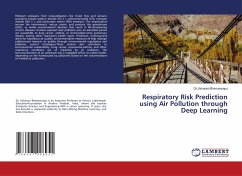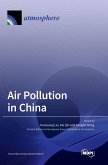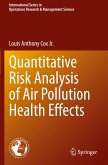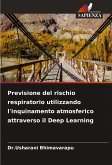Pollutant emissions from naturaldisasters like forest fires and volcanic eruptions include sulphur dioxide (SO 2 ), carbonmonoxide (CO), nitrogen dioxide (NO 2 ), and particulate matter (PM) emissions. The airpollutants worsen the environment, reduce ozone, and produce the greenhouse effect, as wellas environmental disasters that result in life-threatening chronic diseases. Humans exposed toair pollution over an extended period are susceptible to lung cancer, asthma, or chronicobstructive pulmonary disease, among other respiratory health issues. Prediction, tracking,early alerts for hazardous air quality, and preventative measures all help manage pollutionand improve air quality through environmental regulations and pollution control techniques.These actions also contribute to environmental sustainability. Lung cancer, pneumonia,asthma, and other respiratory conditions are all impacted by air pollution. The lowconcentration of air pollutants has a negligible effect on public health, depending on the harmcaused by pollutants based on the concentrations of inhaled air pollutants.
Bitte wählen Sie Ihr Anliegen aus.
Rechnungen
Retourenschein anfordern
Bestellstatus
Storno








